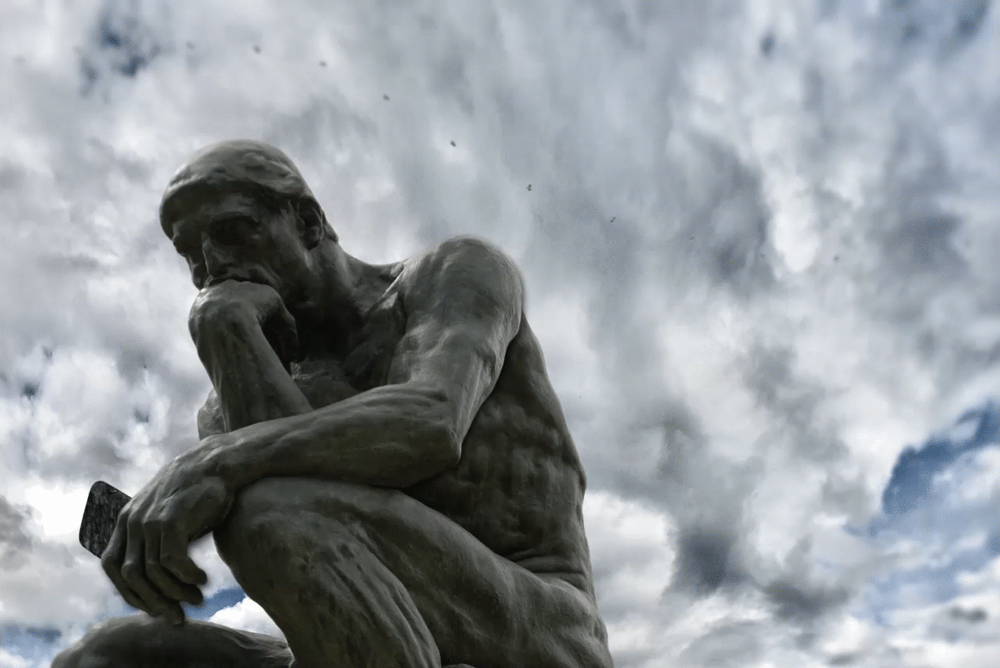Sometimes the boring stuff is the most important. Anyone who has ever worked in journalism for several decades, such as myself, can attest to this.
Whether you’re sifting through legal documents or financial statements, there’s more often than not a story — or at the very least some important information that can be used as supporting material — that can be gleaned from such an exercise.
The same often goes for materials and documents released by the Vatican. I often try to read Holy See correspondence in Italian (like the United Nations, the Vatican often puts out information in a variety of languages) on the Vatican website or in its official newspaper l’Osservatore Romano.
But information out of Rome, often resembling a fire hose, was down to a trickle over the past month. That was the story that loomed over the whole Synod on Synodality story.
For several weeks, there were no documents to read through and very few notable news conferences. You ended up with talking points about the lack of talking points. It was, to be blunt, next to impossible to know what was happening. Maybe that was the point?
We know, now that this second phase of the synod has come to an end, that the Vatican issued a document that “said it was ‘urgent’ that women have a larger role but postponed discussion of major issues such as ordaining women as deacons and failed to address outreach to L.G.B.T.Q.+ Catholics.”
That’s what The New York Times reported this past weekend upon the synod’s conclusion. It should be noted that the final phase will take place in October 2024. At that point, recommendations on what doctrinal changes — yes, doctrinal changes — the church should adopt will be put in front of Pope Francis for consideration.
While there was plenty of coverage once the meeting was over, there was little to no coverage of the synod while it was taking place. At least no coverage that informed readers in general, and Catholics in particular, on what was actually going on inside the Vatican these past few weeks. Almost all “information” available was second-hard or from Vatican approved voices. There were no transcripts or videos of crucial speeches, for example.
The reason for all of this was a simple one. Pope Francis wanted a media blackout.
That’s right. A meeting meant to inspire open dialogue was held under a veil of silence.










